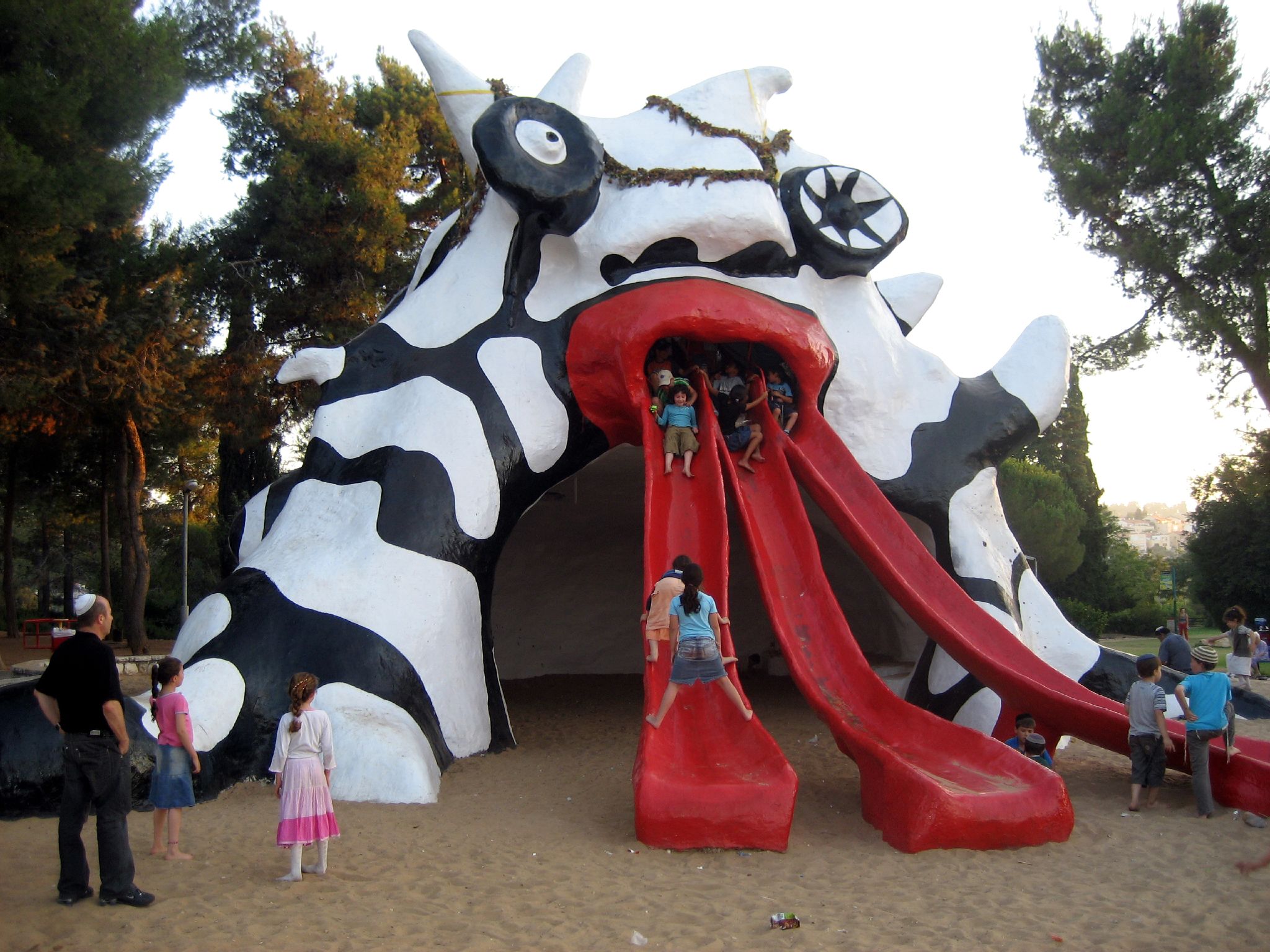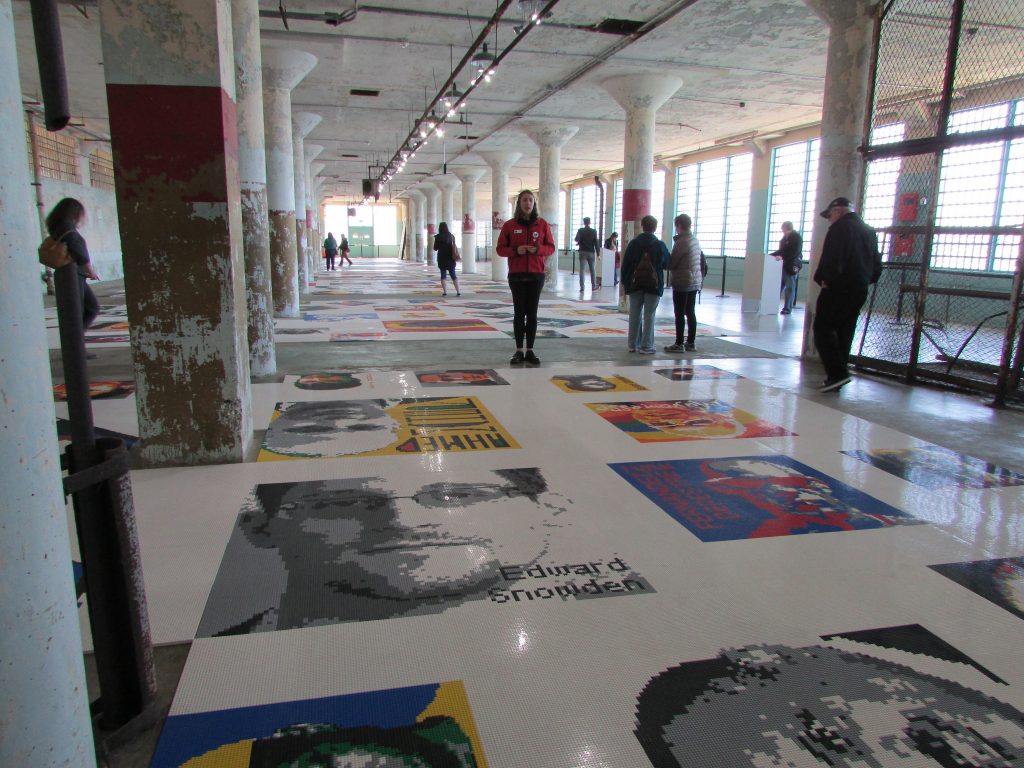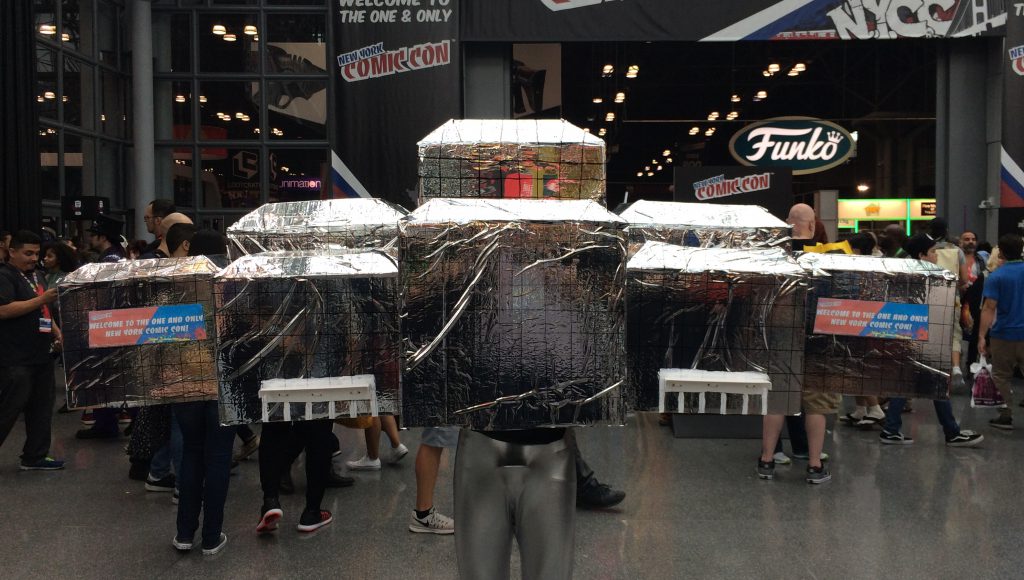Play Digest is a weekly link pack of themed recommended reading—items we enjoyed or found interesting and hope our readers will too. Next week we will begin serializing the graphic memoir of artist Julia Jacquette, who unfurls the history of the adventure playground through her own experience growing up among one of the earliest examples in New York City. Today’s digest is a primer in all things playground.
The idea for the adventure playground originated in postwar Europe and was championed by the English landscape designer Lady Marjory Allen, who vocally advocated for children and their right to play. New York’s latest adventure playground, on the Governors’ Island, celebrates tinkering and “playwork,” a concept pioneered in what was known in the early years of the adventure playground movement in Denmark as “junk playgrounds.” Adventure playgrounds are many things: precincts of invention (of the self and of playscapes), environments for imaginations to run gleefully amok, and, significantly, an education in managing risk, as highlighted in the documentary called The Land, about the Welsh adventure playground of the same name.
The Land (Teaser) from Play Free Movie on Vimeo.
Adults aren’t typically allowed to even enter adventure playgrounds (unless they are one of the employee facilitators). In Berkeley, California, which has a well-known, nearly forty-year-old adventure playground on its waterfront,the coordinators observe that many parents don’t know how to play.
Some playgrounds spring from the imagination of the designer or architect with the full intention of freedom (Julia Jacquette’s graphic memoir will explore this a little, her father was an architect who designed a well-loved playground in Central Park), but many playgrounds fall victim to architectural “control.”
Last year’s Extraordinary Playscapes exhibit at the Boston Society of Architects looked at how playspaces impacted young minds and examined some of the best international examples of playground design.
The anonymous play sculptures of our childhoods (designed by Jim Miller-Melburg) get a show of their own in Detroit.
Accessibility and inclusivity should be not just social expectations of the playground experience, but physical ones too. Designing or finding accessible playgrounds shouldn’t be a chore—or even a question—for families with special needs.
Niki de Saint Phalle’s Golem slide in Jerusalem was ahead of its time and now dearly loved, but there are plenty of other artist-designed (deliberate or not!) playgrounds around.
Check in next week for a new roundup of the latest play news and stories.
(Photo credit: Image of the Monster Slide, Kiryat HaYovel, Jerusalem by Brian Negan on Flickr.)












